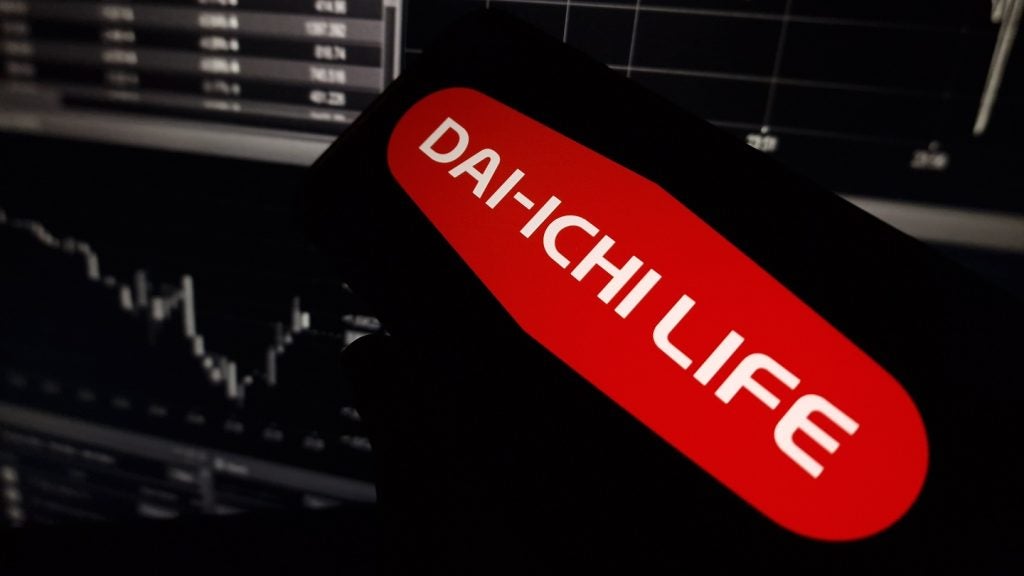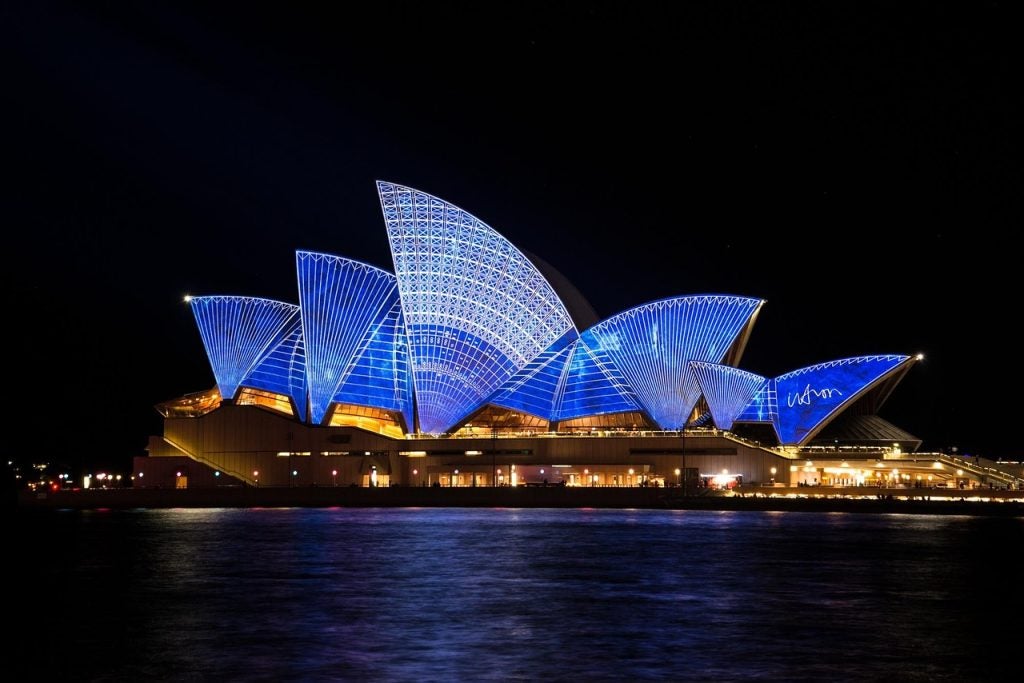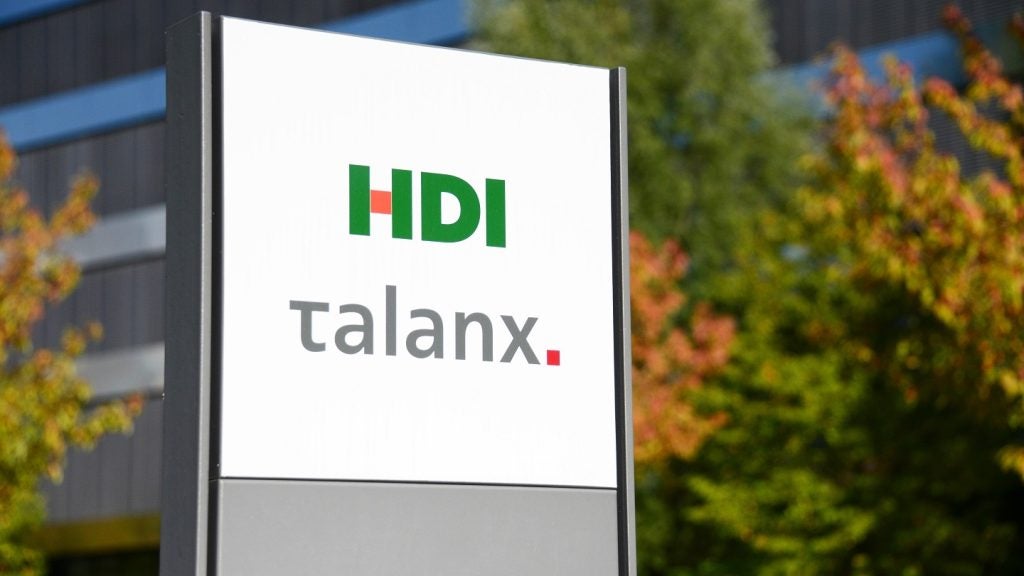Industry Attractiveness
The Lithuanian insurance industry is on a growth path parallel to the recovery of its national economy. The country’s economy was the second-fastest growing in Europe in 2012. The Lithuanian insurance industry was severely affected by the global financial crisis as it registered a decline of -22.5% in 2009, in terms of gross written premium. However, the recovery in economy and increasing spending power of Lithuanian’s helped the insurance industry register a growth of 9.5% in 2011 and 5.2% in 2012.
The Lithuanian insurance industry is considered to be young as insurance penetration as a percentage of GDP stood at 1.58% in 2012. Such a low penetration rate provides ample opportunity and room for the insurance companies to develop their business. In addition, around 50% of the private houses and a quarter of the apartments have insurance in 2012.
Property insurance, which accounted for 16.8% of the overall insurance industry, in terms of gross written premium, will grow further if insurance companies start concentrating on this large number of uninsured houses. Moreover, the average spending on insurance by a Lithuanian, which was LTL437 (US$162.7) in 2012, is also expected to increase.
The demand for insurance products was driven by a number of factors such as rise in the ageing population, fall in unemployment and compulsory motor insurance in the country. Non-life insurance segment accounted for the largest share of the Lithuanian insurance industry followed by life insurance, in terms of gross written premium. The mandatory motor insurance, which accounted for 65.1% of the non-life segment in 2012, in terms of gross written premium, was also the largest category of the insurance industry. In 2012, motor insurance category accounted for 40.0% of the overall insurance industry, in terms of gross written premium.
The Bank of Lithuania supervises the country’s insurance industry. In addition, it also supervises the insurance intermediaries, such as brokers and agents. The gross written premium of the Lithuanian insurance industry decreased from LTL1.98 billion (US$844.2 million) in 2008 to LTL1.8 billion (US$665.8 million) in 2012, a CAGR of -2.6%.
The global financial crisis hit the insurance industry, as a result of which the gross written premium of the industry declined sharply by -22.5% in 2009. However, in the presence of economic recovery, growth of real estate market, declining unemployment rate, rising consumer disposable income, occurrence of natural disasters and increasing consumer confidence on insurance the Lithuanian insurance industry’s gross written premium is expected to grow at a CAGR of 5.0% up to 2017.
The insurance industry of Lithuania consists of 26 insurance companies as of 2012, out of which 11 were operating in life insurance segment, whereas 15 companies are operating in non-life insurance segment. The Lithuanian insurance industry comprises of both domestic and foreign insurance companies. There were 15 branches of foreign insurance companies operating in the country in 2012. The insurance companies in Lithuania are increasingly focusing on the promotion and expansion of distribution channels. The low commission cost of bancassurance is encouraging insurers to adopt this channel. ERGO insurance group, one of the leading insurance groups in life insurance segment expanded its bancassurance business in 2012 by working closely with Nordea, one of the leading banks of Lithuania.
The life insurance segment accounted for 32.1% of the total insurance industry gross written premium in 2012. The demand for life insurance products were driven by a number of factors such as rise in the ageing population, fall in unemployment and restoring consumer confidence on the investment of traditional life insurance products such as individual life. The life insurance segment experienced growth in terms of gross written premiums from LTL534.0 million (US$226.7 million) in 2008 to LTL574.7 million (US$213.9 million) in 2012 at a CAGR of 1.8%. This growth is expected to continue, to reach LTL809.7 million (US$320.2 million) in 2017, after registering a CAGR of 7.1%.
Personal accident and health insurance segment accounted for the lowest share of 6.4% of the insurance industry, in terms of gross written premium, in 2012. The gross written premium of the Lithuanian personal accident and health segment increased from LTL105.1 million (US$44.6 million) in 2008 to LTL115.2 million (US$42.9 million) in 2012, at a CAGR of 2.3%. It is expected to grow further to reach LTL151.2 million (US$59.8 million) in the year 2017, after registering a CAGR of 5.6%. The growth of the personal accident and health segment is expected to be driven by rise in the healthcare expenditure, life expectancy and gaps in public healthcare system.
Segment Outlook
The life insurance segment recorded growth from LTL534.4 million (US$226.7 million) in 2008 to LTL574.7 million (US$213.9 million) in 2012, at a CAGR of 1.8%. The growth was driven by rising consumer awareness of life insurance, favorable government regulations, product innovation and marketing campaigns.
The growth in traditional life insurance products, including individual life, pension, and superannuation life insurance, led to the segment’s strong performance. The individual life category was the largest in terms of gross and accounted for an 89.4% share in 2012, driven by promotional marketing strategies and rise in consumer demand. The category’s share of the life segment is projected to rise to 91.2% in 2017, representative of a CAGR of 7.5%.
Agencies and bancassurance were the most popular distribution channels for life insurance, with agencies accounting for 46.0% of the written premium generated through new business in the segment between 2008 and 2012. Bancassurance represented 31.0%.
Many life insurers prefer direct marketing due to its cost-effective benefits. Aviva international group`s Lithuanian life insurance subsidiary, Aviva Lietuva, is a leading life insurer in Lithuania. Its main distribution channel is direct marketing; the firm has 18 branches and 500 insurance consultants. The market share of new business written premium through direct marketing was 8.3% in 2012, and this is expected to reach 8.7% in 2017.
FDI (Foreign Direct Investment) in Lithuania has increased since 2008, and is expected to drive the industry up to 2017. Net FDI rose from LTL-458.6 million (US$-184.6 million) in 2009 to LTL2613.1 million (US$ 1053.2 million) in 2011. The manufacturing, finance and insurance sectors contributed significant FDI inflows. According to the Lithuanian Department of Statistics, in the third quarter of 2012, FDI inflows in Lithuania valued LTL40.2 billion (US$14.9 billion), with the highest investments in the manufacturing sector and the insurance industry. Investment in the finance and insurance industry stood at LTL176.8 million (US$65.8 million).
Distribution Channels
The distribution network for life insurance products in Lithuania predominantly consists of agencies, bancassurance, direct marketing, e-commerce, insurance brokers and other distribution channels.
Agencies were the leading distribution channel in the Lithuanian life insurance segment, accounting for 46.0% of the gross written premium generated through new business in 2012. Agencies are expected to maintain their dominance with a slightly lower share of 44.6% in 2017. The channel’s written premium generated through new business valued LTL35.3 million (US$13.1 million) in 2012 and is expected to reach LTL46.0 million (US$18.2 million) in 2017.
Bancassurance was the second-largest distribution channel in the life segment in terms of written premium generated through new business in 2012. It contributed 31.0% of the segment’s written premium in 2012, and is expected to sustain its market share, with a forecasted share of 30.3% in 2017. Bancassurance not only helps banks to expand their overall product mix but also enables insurers to expand their geographical presence. The value of the written premium generated through new business in this channel stood at LTL23.8 million (US$8.87 million) in 2012 and is projected to reach LTL31.2 million (US$12.3) in 2017, representative of a CAGR of 5.6%.
Brokers were the third-largest distribution channel in 2012, accounting for 14.7% of the written premium generated through new business. Its market share is expected to reach 16.4% in 2017. The value of written premium generated through new business decreased from LTL19.7 million (US$ 8.36 million) in 2008 to LTL11.3 million (US$4.21 million) in 2012 and is anticipated to reach LTL16.9 million (US$6.69 million) in 2017.
Direct marketing, a traditional and cost-effective distribution channel, accounted for 8.3% of the written premium generated through new business in 2012. The share is expected to increase marginally to reach 8.7% by 2017. The value of written premium generated through new business in the channel decreased from LTL10.2 million (US$4.3 million) in 2008 to LTL6.3 million (US$2.3 million) in 2012. This value is projected to reach LTL8.9 million (US$3.5 million) in 2017.
E-commerce and other distribution channels generated no significant business for the life segment.
How well do you really know your competitors?
Access the most comprehensive Company Profiles on the market, powered by GlobalData. Save hours of research. Gain competitive edge.

Thank you!
Your download email will arrive shortly
Not ready to buy yet? Download a free sample
We are confident about the unique quality of our Company Profiles. However, we want you to make the most beneficial decision for your business, so we offer a free sample that you can download by submitting the below form
By GlobalDataPorter’s Five Forces Analysis
Bargaining Power of Suppliers: Low to Medium
The bargaining power of suppliers is accessed as low to medium. The key suppliers to life insurance companies include banks, parent companies and foreign institutions. Foreign banks play a vital role in the country’s financial system. However, banks also operate in the life insurance segment through subsidiaries. Swedbank established Swedbank Life Insurance SE in LithuaniaI as a provider of life insurance products. The leading company, Ergo Life Insurance SE, operates as a subsidiary of the global insurance group Ergo, with capital generally supplied by the parent company, which reduces supplier bargaining power. Foreign institutional investors characterize the Lithuanian life insurance segment, and insurers generally depend on foreign parent groups for capital, reducing their bargaining power is low. With Solvency II directives expected to be implemented in the EU in 2016, the bargaining power of capital providers is anticipated to rise.
Bargaining Power of Buyers: Medium
The bargaining power of buyers is assessed as medium. The bargaining power of group or corporate buyers is higher than that of individual buyers. In an attempt to retain corporate customers, insurance companies are compelled to offer products at reasonable prices. However, the presence of just 11 companies provides limited options for both individual and corporate buyers.
Barriers to Entry: Medium to High
The barriers to entry are assessed as medium to high. The 10 leading companies accounted for 99.9% of the segment in 2012. In a highly consolidated life insurance segment such as Lithuania, it is difficult for any foreign company to enter and expand. However, foreign companies are permitted to enter the industry and conduct business if they meet Lithuania’s foreign capital requirement standards. According to Article 27 of the law on insurance, a foreign company has to have an insurance license issued by the foreign state, and permission from the insurance supervisory authority to establish an insurance company in Lithuania. Life insurance companies in Lithuania must maintain a minimum capital of LTL10.4 million (US$3.9 million).
Intensity of Rivalry: Medium
The intensity of rivalry among life insurance companies is assessed as medium. With both domestic and foreign insurance companies, the intensity of rivalry can be termed as high. However, in a consolidated life segment where the 10 leading companies accounted for 99.9% of the market, little scope for competition exists. Swedbank Life Insurance SE was the leading company in the segment, accounting for 22.7% of the written premium generated in 2012, followed by SEB Gyvyb?s Draudimas and Aviva Lietuva with respective shares of 21.3% and 19.6%.
Threat of Substitutions: Low
The threat of substitutes is assessed as low. Life insurance companies offer a range of insurance products including long-term investments, pension products, individual life and unit-linked plans. The social insurance pension scheme (DB) is compulsory for 96% of workers and self-employed individuals. This pension reform was introduced in 2004 and covered a total of 1,054 people as of 2011; all are eligible to contribute future pensions through 29 pension plans in the second-pillar Financial Defined Contribution (FDC) accounts, managed by nine asset management companies operating in the country. The mandatory nature of this scheme limits the scope for other kinds of deposit and investments such as term deposits, bank savings and government bonds. This is a threat to life insurance products.







